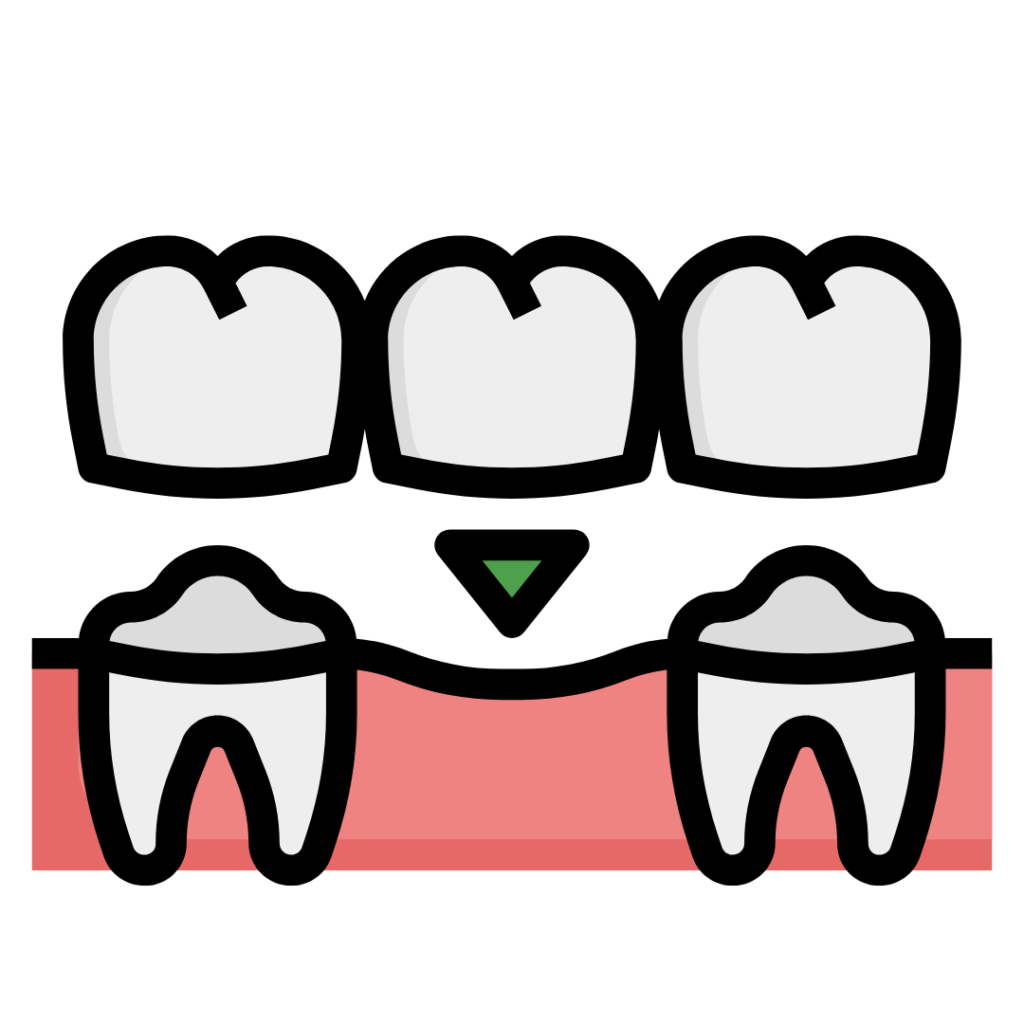
“Ceramic ones are better” is not an absolute statement, as the choice between ceramic bridges and metal bridges depends on various factors, including the patient’s individual needs and preferences. However, ceramic bridges are often considered better or preferred in specific situations for several reasons:
- Aesthetics: Ceramic bridges can be color-matched to the surrounding natural teeth, making them blend seamlessly with the rest of the patient’s smile. This makes them an excellent choice for replacing front teeth, where a natural appearance is crucial for the patient’s confidence and self-esteem.
- Biocompatibility: Dental ceramics are biocompatible, which means they are generally well-tolerated by the body and are less likely to cause allergic reactions or sensitivities compared to metal alloys.
- Tooth Conservation: Some types of ceramic bridges, such as all-ceramic or porcelain-fused-to-metal bridges with aesthetic porcelain facing, require less tooth reduction during the preparation process. This means more of the natural tooth structure can be preserved, which is advantageous for the long-term health of the teeth.
- Resistance to Corrosion: While metal bridges are usually made from corrosion-resistant alloys, ceramic bridges are not susceptible to corrosion at all. This means that they are not prone to metal tarnishing or discoloration over time.
- Non-Conductive: Ceramic bridges are non-conductive and do not conduct temperature changes as metal does. Some patients may find metal bridges uncomfortable when exposed to hot or cold foods and beverages.
- Less Visible Margins: The margin (the edge of the bridge where it meets the prepared tooth) of ceramic bridges can be made to appear more natural and less visible compared to metal bridges, further enhancing their aesthetic appeal.
- Excellent Aesthetic Outcomes: With advances in dental technology and materials, modern ceramic bridges have become more durable and resistant to fractures while maintaining their aesthetic appeal. This allows for long-lasting and beautiful results.
It’s important to note that each patient’s case is unique, and there are situations where metal bridges might be the better option, such as when strength and durability in areas with high chewing forces are crucial. Additionally, the cost of ceramic bridges is generally higher compared to metal bridges, so budget considerations may also play a role in the final decision.
Ultimately, the best choice between ceramic and metal bridges should be made in consultation with a qualified dentist or prosthodontist who can assess the patient’s specific dental needs, consider their preferences, and recommend the most suitable option for their situation.
READ MORE: CASE STUDY: FULL MOUTH REHABILITATION

